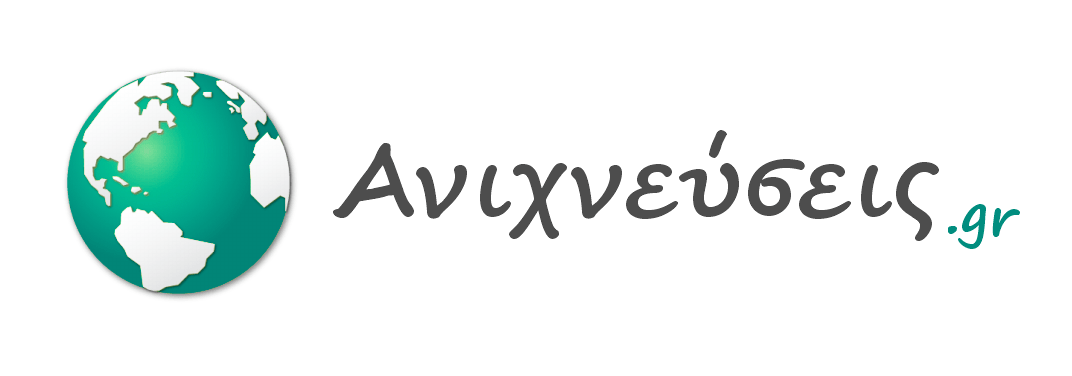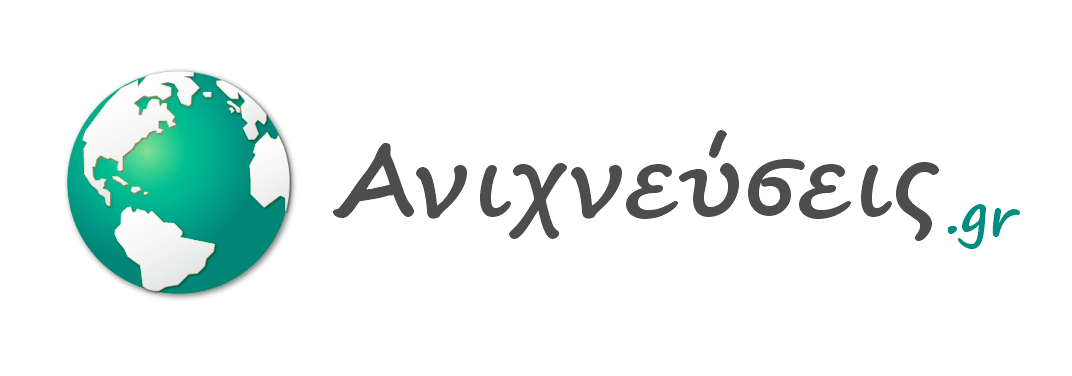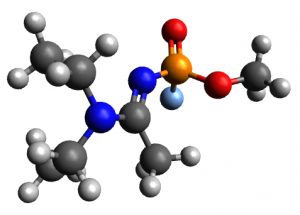EXECUTIVE SUMMARY: A peculiar chronology can be spotted when examining the milestones marking the history of the development and use of persistent nerve agents around the world. Coincidentally or otherwise, Iran, North Korea, and Russia have all been mentioned in the context of nerve agents in recent years.
The category of chemical warfare agents known as nerve agents has two sub-categories: volatile (non-persistent) and persistent nerve agents. The first is typically represented by sarin, a toxicant that was used in the Tokyo subway sabotage (conducted by the Japanese movement Aum Shinrikyo in 1995), during the Iraq-Iran War (when it was used by the Iraqi army), and during the Syrian Civil War (when it was used by the Assad regime).
Persistent nerve agents typically consist of VX and the Novichok group. In the battlefield, persistent nerve agents have been used only once: in the 1980s, Cuba deployed VX against Angolan insurgents during the Angolan Civil War.
Much attention has thus been drawn towards the notorious Novichok poisonings that occurred not long ago in Britain. For the purpose of killing specific individuals, persistent nerve agents like Novichok are more effective than volatile agents in that they adhere to the victim (to simplify somewhat).
While VX has been studied abundantly in the scientific literature, Novichok agents are addressed very seldom.
The following is a VX and Novichok chronology over the past 63 years:
1955 – A prototype compound of VX was discovered to be extremely toxic towards humans while being tested as a pesticide by a commercial British company.
1961 – Large-scale production of VX as a standardized chemical weapon (CW) commenced in the US.
1963 – An analogue of VX was developed in the USSR as a CW. Designated VR (Russian VX), it represented the prototype of the Soviet army version of the most advanced nerve agents – the Novichok group.
The 1970s and 1980s – The Soviet army upgraded its Novichok agents. Eventually, four variants (of about 200 tested) were covertly weaponized by the USSR, presumably the Novichok-5, -7, -8 and -9. The first three are liquids, while the last was formed into a powder. Apparently, these variants are five to eight times more potent than VX, making them the most toxic molecules ever synthesized by man.
The 1990s and later – Several NATO countries synthesized and examined small amounts of Novichok agents so as to develop protective and testing equipment, as well as antidotes.
1995 – A Novichok agent was used inside Russia to poison Russian banker Ivan Kivelidi, the head of the Russian Business Round Table, and his secretary, Zara Ismailova. This attack was apparently organized by Russia’s security services.
2016 – Outside of NATO (and the USSR, where Novichok was created), only Iran was engaged with Novichok agents (overtly, at least), ostensibly on a scientific level alone. (See more on this below.)
2017 – In February, VX was used by North Korea to assassinate Kim Jong-un’s estranged half-brother, Kim Jong-nam, in Malaysia.
2018 – On March 4, Novichok was used by Russia to poison Sergei Skripal, a Russian double agent, and his daughter, Yulia Skripal, in Salisbury, England. Although critically injured, they both recovered.
2018 – On June 30, a British couple fell ill from Novichok poisoning at a property in Amesbury, about eight miles north of Salisbury. The woman’s poisoning was apparently brought on when she sprayed perfume laced with the Novichok agent onto her wrists. The tainted perfume bottle was later recovered from the couple’s flat.
2018 – On July 8, the Amesbury woman died. The man survived.
Iranian engagement with Novichok agents is curious in many respects: in terms of its timing, its uniqueness, its focus, and its meticulousness. According to a scientific paper published in 2016 by Iranian researchers, five Novichok agents – likely including at least some of the four weaponized by Russia – had been synthesized at the Iranian Defense Chemical Research Laboratory in Karaj. The syntheses were reportedly performed on a micro-scale in order to minimize exposure. The Iranian researchers thus succeeded in synthesizing and obtaining detailed mass spectral data on a series of unusual, top nerve agents, and those data have been added to the Organization for the Prohibition of Chemical Weapons’ Central Analytical Database.
The Iranian researchers explained their study as follows:
“For unambiguous identification of Chemical Weapons Convention (CWC)‐related chemicals in environmental samples, the availability of mass spectra, interpretation skills and rapid microsynthesis of suspected chemicals are essential requirements. For the first time… spectra of a series of Novichok agents related to CWC were collected and investigated with the aim of enriching the Organization for the Prohibition of Chemical Weapons Central Analytical Database (OCAD), which may be used in OPCW verification activities, on/off site analysis, and toxic chemical destruction monitoring.”
This construction puts the Iranians’ research in a positive light – but the above chronology prompts several questions.
After an uneventful interval of 20 years (from 1996 to 2015), there appeared a strange cluster of events from 2016 onwards involving Iran, North Korea, and Russia. While this cluster might be a coincidence, it is nevertheless peculiar when viewing the chronology as a whole.
In the past two years in particular, Iran, North Korea, and Russia have been meaningfully involved with persistent nerve agents. Iran was ostensibly exploring Novichok agents for scientific purposes while possessing – for years – an arsenal of weaponized VX (plus additional CW, though it is a state party to the CWC). North Korea (a non-signatory state to the CWC) camouflaged its employment of VX to assassinate Kim Jong-un’s half-brother in Malaysia while possessing an arsenal similar to that of Iran. Russia camouflaged its use of Novichok to attempt to assassinate the Skripals in England while possessing, one might safely assume, a residual Novichok stock. Officially, that stock does not exist, as Russia has declared to the CWC that its CW inventory has been eliminated.
Notably, the very same Iranian modus operandi – publishing scientific work on prominent chemical warfare agents allegedly to support the CWC, and thereby strengthening Iran’s position as a CWC state party, while at the same time collecting those agents as a tentative part of a weapons stockpile – was applied in 2015 by the Iranian Defense Chemical Research Laboratory in Karaj with regard to VX. This modus operandi constitutes typical Iranian conduct, particularly with respect to weapons of mass destruction.
As for North Korea, its use of VX for political assassination is just the tip of the iceberg, as it has a large VX inventory weaponized for military use. A tiny amount taken from that inventory and smuggled into Malaysia, certainly with the blessing of Kim Jong-un, caused the death of his estranged half-brother. Kim Jong-un is expected to approve and oversee the elimination of his entire nuclear weapons arsenal, but he intends to keep his vast CW arsenal – VX included – as is.
Finally, the Russians – who invented the Novichok class and are the primary guardians of those most deadly of all nerve agents – managed to smuggle a small amount into England so as to assassinate Sergei Skripal and his daughter. They very nearly achieved that goal, but failed, thanks to the superb medical treatment the two victims received.
A further failure took place in that the residual Novichok agent remaining after the operation ended was not destroyed. It was left to bring about the unintended poisoning of another two people.
Inside Russia, it may be assumed that a portion of the country’s weaponized Novichok inventory was retained, safely and covertly, rather than being entirely eliminated, as Moscow claims. This could be the case whether or not Russia’s VX inventory has been completely eliminated.
The Novichok class appears to be superior to VX, and the peculiar chronology suggests that Novichok agents might be adopted and weaponized by Iran and North Korea.
Lt. Col. (res.) Dr. Dany Shoham, a microbiologist and an expert on chemical and biological warfare in the Middle East, is a senior research associate at the Begin-Sadat Center for Strategic Studies. He is a former senior intelligence analyst in the IDF and the Israeli Defense Ministry.
BESA Center Perspectives Papers are published through the generosity of the Greg Rosshandler Family





